A first-person narrative is a mode of storytelling in which a storyteller recounts events from that storyteller's own personal point of view, using first-person grammar such as "I", "me", "my", and "myself". It must be narrated by a first-person character, such as a protagonist, re-teller, witness, or peripheral character. Alternatively, in a visual storytelling medium, the first-person perspective is a graphical perspective rendered through a character's visual field, so the camera is "seeing" out of a character's eyes.
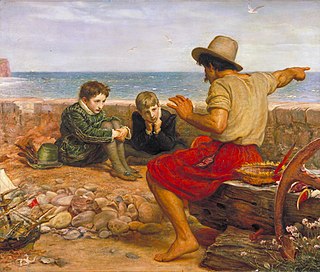
Storytelling is the social and cultural activity of sharing stories, sometimes with improvisation, theatrics or embellishment. Every culture has its own stories or narratives, which are shared as a means of entertainment, education, cultural preservation or instilling moral values. Crucial elements of stories and storytelling include plot, characters and narrative point of view. The term "storytelling" can refer specifically to oral storytelling but also broadly to techniques used in other media to unfold or disclose the narrative of a story.

The Bad Seed is a 1954 novel by American writer William March, the last of his major works published before his death.

Creative nonfiction is a genre of writing that uses literary styles and techniques to create factually accurate narratives. Creative nonfiction contrasts with other nonfiction, such as academic or technical writing or journalism, which are also rooted in accurate fact though not written to entertain based on prose style. Many writers view creative nonfiction as overlapping with the essay.
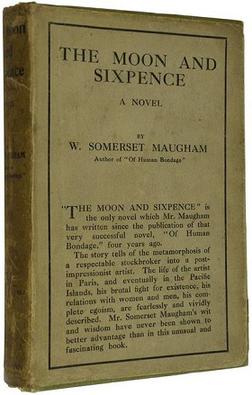
The Moon and Sixpence is a novel by W. Somerset Maugham, first published on 15 April 1919. It is told in episodic form by a first-person narrator providing a series of glimpses into the mind and soul of the central character, Charles Strickland, a middle-aged English stockbroker, who abandons his wife and children abruptly to pursue his desire to become an artist. The story is, in part, based on the life of the painter Paul Gauguin.

Alias Grace is a historical fiction novel by Canadian writer Margaret Atwood. First published in 1996 by McClelland & Stewart, it won the Canadian Giller Prize and was shortlisted for the Booker Prize.
Eric Kraft is an American novelist. He is known for his series of novels that make up The Personal History, Adventures, Experiences and Observations of Peter Leroy. Each novel tells of some aspect of the fictional Leroy's life. Several are supposed to have been written by Leroy.
Fiction writing is the composition of non-factual prose texts. Fictional writing often is produced as a story meant to entertain or convey an author's point of view. The result of this may be a short story, novel, novella, screenplay, or drama, which are all types of fictional writing styles. Different types of authors practice fictional writing, including novelists, playwrights, short story writers, radio dramatists and screenwriters.
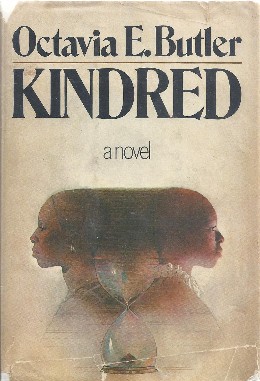
Kindred (1979) is a novel by American writer Octavia E. Butler that incorporates time travel and is modeled on slave narratives. Widely popular, it has frequently been chosen as a text by community-wide reading programs and book organizations, and for high school and college courses.

The Shadow Lines (1988) is a Sahitya Akademi Award-winning novel by Indian writer Amitav Ghosh. It is a book that captures perspective of time and events, of lines that bring people together and hold them apart; lines that are clearly visible from one perspective and nonexistent from another; lines that exist in the memory of one, and therefore in another's imagination. A narrative built out of an intricate, constantly crisscrossing web of memories of many people, it never pretends to tell a story. Instead, it invites the reader to invent one, out of the memories of those involved, memories that hold mirrors of differing shades to the same experience.

Billiards at Half-Past Nine is a 1959 novel by the German author Heinrich Böll. The entirety of the narrative takes place on a day in the autumn of 1958, with flashbacks, and characters' retellings from memory by the characters. It focuses on the Faehmel family's history, from the end of the 19th century, until that day; it largely reflects the opposition of the author to the period of Nazism, as well as his aversion to war in general.
The Spinal Cord Perception is the first novel by Joshua S. Porter, better known by his stage name Josh Dies, the singer/songwriter for the band Showbread. Self-published by Porter in 2006, the book revolves around a small-town substitute teacher named David Rivers, who is haunted by a small black monster which he refers to as the "Llapasllaly". Written in a stream of consciousness narrative, the story is told in a series of bi-polar rants by Rivers, and chronicles his thoughts in non-linear sequences from childhood through his adult life. It depicts his downward spiral into depression, apathy and an apparent anti-social personality disorder. The novel depicts many hallucinations from Rivers' perspective, and the reader is left not knowing which scenes are reality and which are fantasy.

The Storyteller is a novel by Peruvian author and Literature Nobel Prize winner Mario Vargas Llosa. The story tells of Saúl Zuratas, a university student who leaves civilization and becomes a "storyteller" for the Machiguenga Native Americans. The novel thematizes the Westernization of indigenous peoples through missions and through anthropological studies, and questions the perceived notion that indigenous cultures are set in stone.
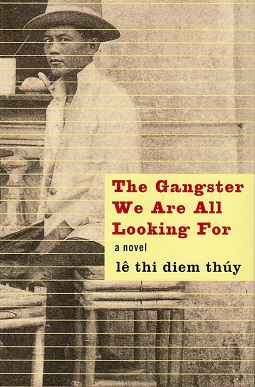
The Gangster We Are All Looking For is the first novel by Vietnamese-American author lê thi diem thúy, published in 2003. It was first published as a short piece in The Best American Essays of 1997 and was also awarded a Pushcart Prize “Special Mention.”
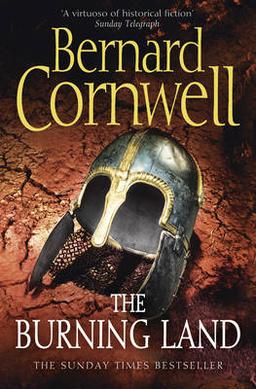
The Burning Land is the fifth historical novel in The Saxon Stories by Bernard Cornwell, published in 2009. The story is set in the 9th-century Anglo-Saxon kingdoms of Wessex, Northumbria and Mercia. The first half of season 3 of the British television series The Last Kingdom is based on this novel.
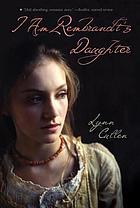
I Am Rembrandt's Daughter is a 2007, young adult historical fiction novel by Lynn Cullen about the famous artist Rembrandt van Rijn's daughter Cornelia van Rijn (1654-1684). In Cullen's version of the story, Cornelia finds that she is not Rembrandt's daughter, but rather that of Nicolaes Bruyningh, the subject of one of Rembrandt's paintings. The novel was selected by YALSA as one of the Best Books for Young Adults in 2008.

Wonderstruck (2011) is an American young-adult fiction novel written and illustrated by Brian Selznick, who also created The Invention of Hugo Cabret (2007). In Wonderstruck, Selznick continued the narrative approach of his last book, using both words and illustrations — though in this book he separates the illustrations and the writings into their own story and weaves them together at the end.
Personal narrative (PN) is a prose narrative relating personal experience usually told in first person; its content is nontraditional. "Personal" refers to a story from one's life or experiences. "Nontraditional" refers to literature that does not fit the typical criteria of a narrative.
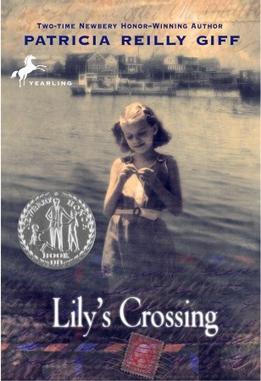
Lily's Crossing is a 1997 young adult novel by American author Patricia Reilly Giff. It received a Newbery Honor award in 1998.

Bitter in the Mouth is a 2010 novel by Vietnamese-American author Monique Truong. The novel is written in a stream of consciousness narrative structure and follows the character of Linda Hammerick as she comes of age. Linda remembers her childhood in Boiling Springs, North Carolina, in the 1970s and her relationships that follow, through college and beyond. Her present mingles with her past as she learns of her heritage and deals with death, sexual abuse, cancer, adoption, unwanted pregnancies, and family issues. Throughout all of these experiences, Linda lives with a secret extra sense, the ability to taste words, which she later discovers is a form of synesthesia.














